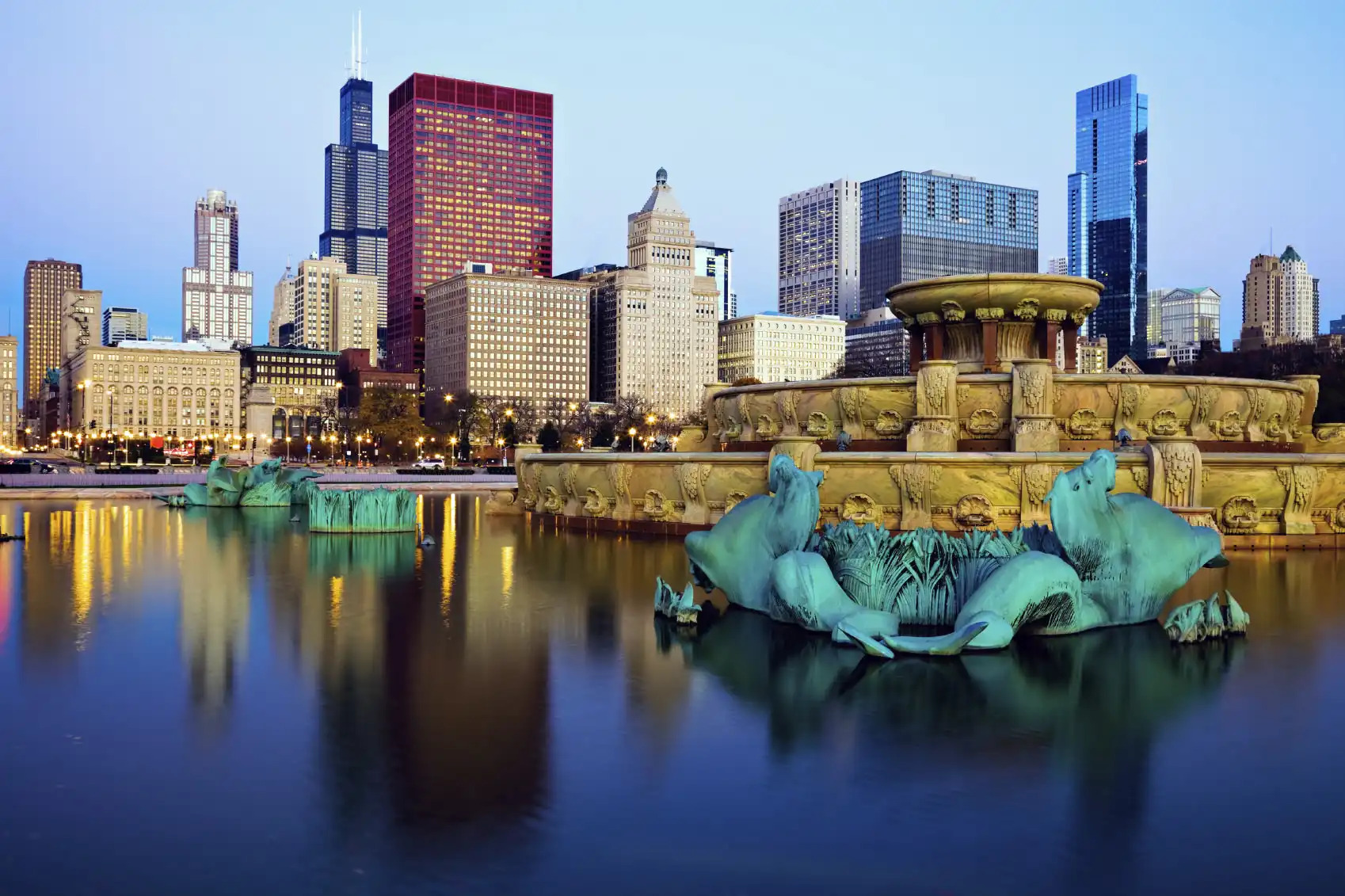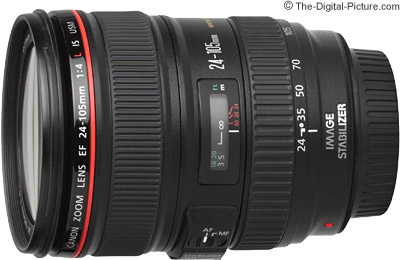Articles
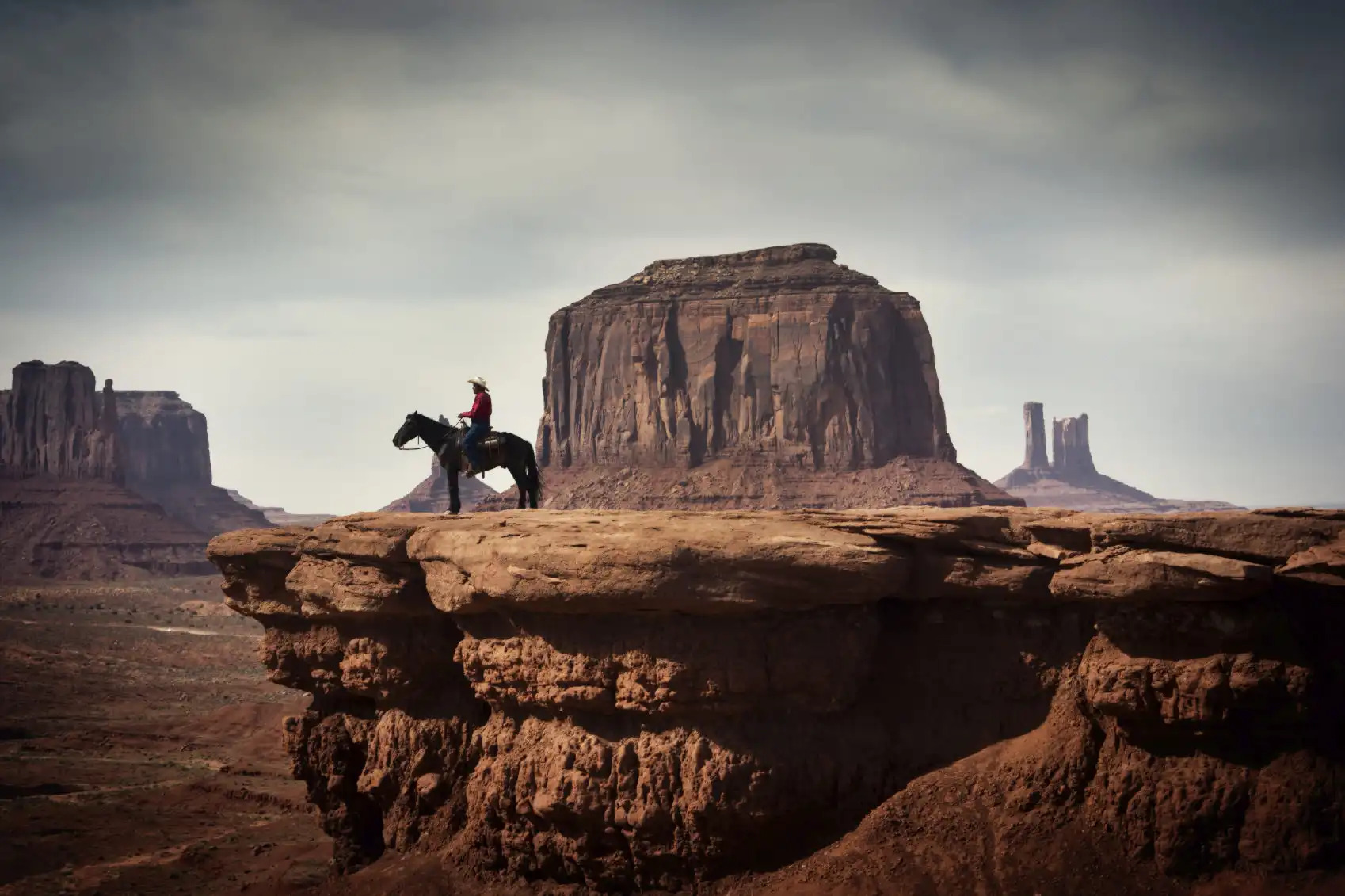
Four Ways You Can Tell Better Stories With Your Photos
Photography Talk
Just about anyone can take a photo that looks nice now and again. The challenge is to actually tell a story with your photos that more deeply engages the people viewing them. When you think of telling stories with photos, you might think that storytelling can only be achieved with certain types of photos - portraits, for example. However, this is not the case. You can craft a strong story with any kind of subject matter so long as you bear these four guidelines in mind.
{module Google 728x90}
Do Some Research
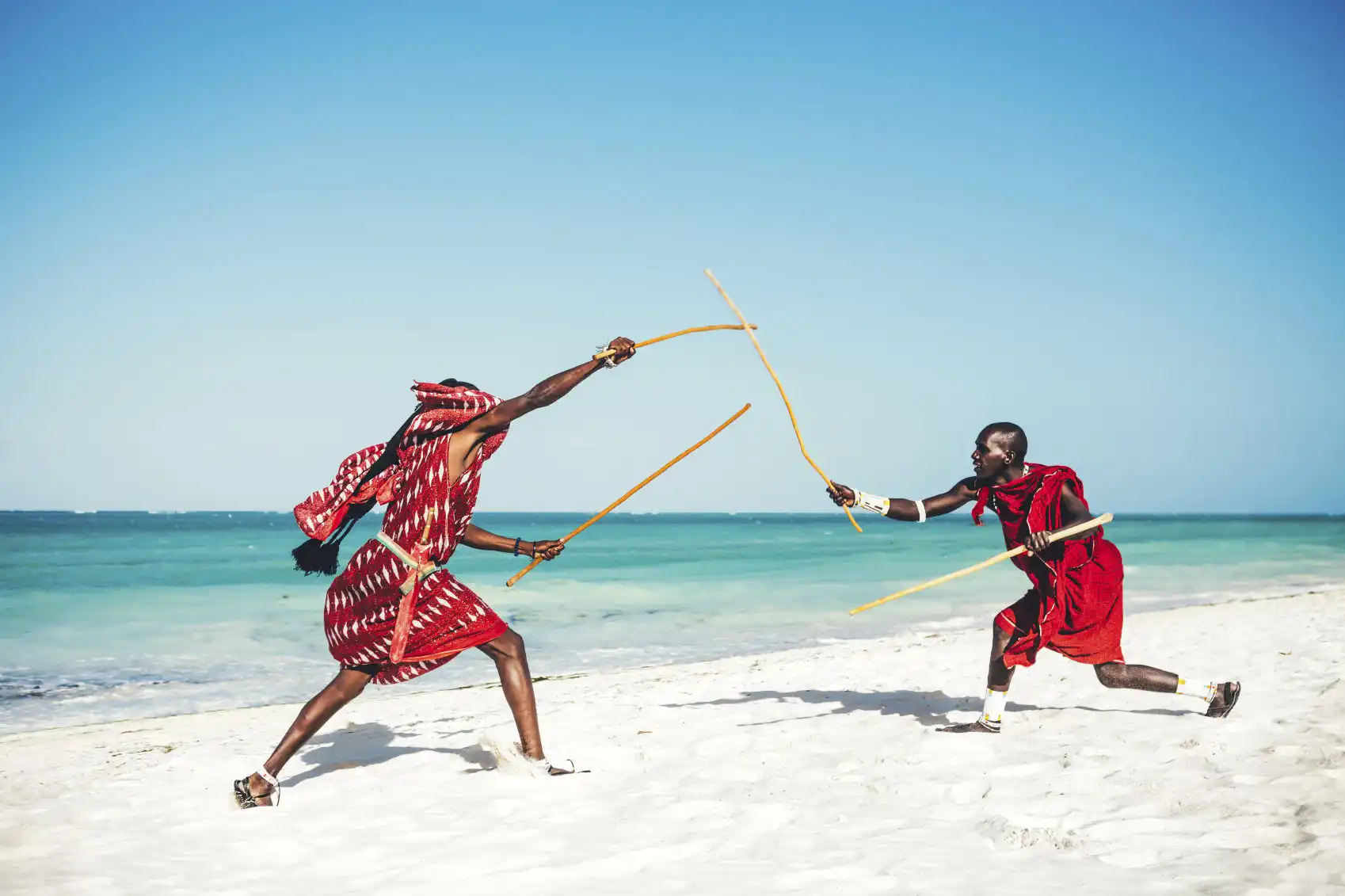
Your ability to tell a story with your photos will require that you do a little bit of research. For example, if you’re shooting a portrait of strangers, take the time to find out some things about the subject - who they are, what their customs might be, and things they enjoy doing might be good places to begin. Having that kind of information beyond just the basics will help inform you about them as a person and how you should tell their story in the photographs you create.
This principle applies to other types of photography as well. When traveling, finding out about the local culture and customs will inform you as to what you might highlight in your photos of the area. Perhaps you’re traveling in an area that’s famous for its unusual foods, so you can use that knowledge to drive the types of photos you take. If you’re in a famous spot, like Fisherman’s Wharf in San Francisco or Red Square in Moscow, learning about the history of those locations might help you acquire different insights that will allow you to frame a more interesting photo.
Have the Right Glass
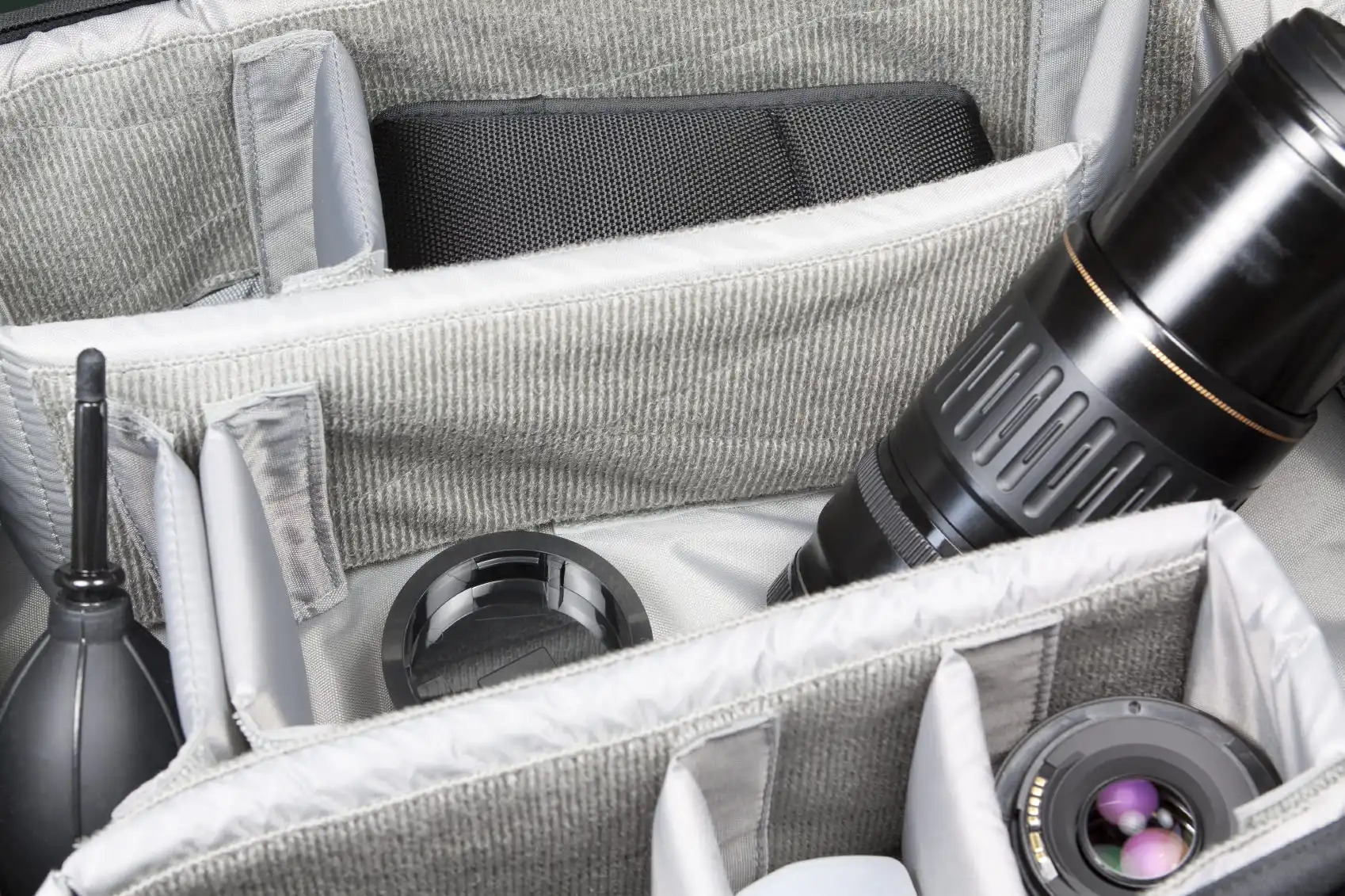
The term “right glass” is a bit of a misnomer because there are no hard and fast rules regarding what type of lens you absolutely must use. Although an 85mm lens is great for portraits, you can get a great portrait with a 50mm lens too. It’s often just a matter of preference.
Having said that, you will need to think purposefully about the types of images you want to take and the stories you hope to tell with those images. This will inform you as to the type of lenses you take on your shoot. If portraits are going to be your primary subject, the 85mm lens mentioned above would be a good choice. For travel photography in which you’re photographing many different subjects, a good all-around lens, like a 24-70mm f/2.8, is a good choice. For longer shots or those in which you want to isolate a subject or zoom in on specific details, a 70-300mm lens is a good bet.
What all these lenses have in common is that they need to be fast. A fast lens helps you create the images you imagine because they are more easily hand-held without worry of camera shake, they work better in low-light situations, and their quickness and flexibility means you don’t have to change lenses as often. The more time you have to shoot, the better your chances of crafting the story you want to tell.
Get in the Zone
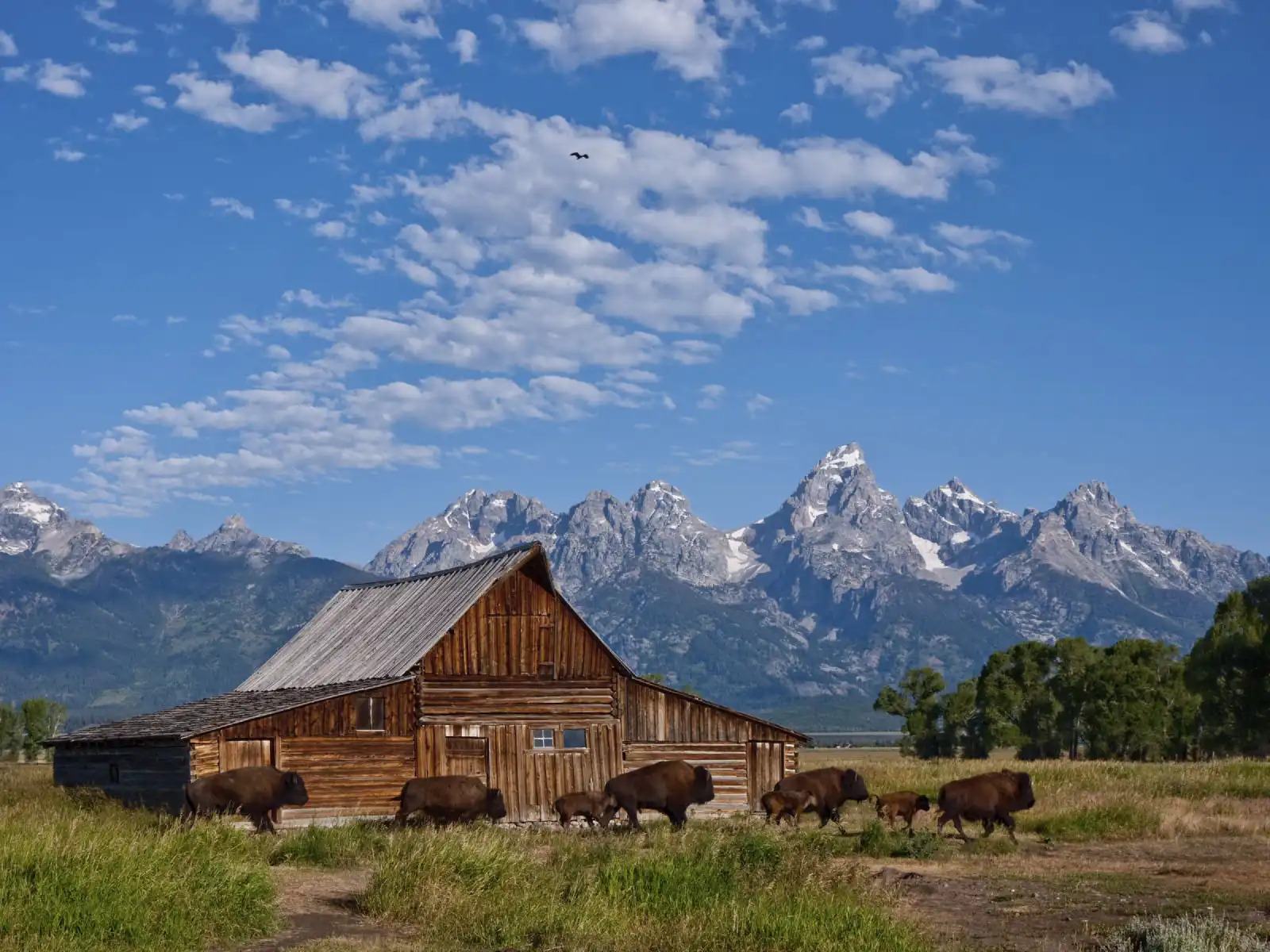
While you can sometimes snap a good looking image without putting a lot of time and effort into it, telling stories with your photos will require some time and patience. Aside from the prep work you need to do in terms of research and packing the right gear, once you’re at your shoot location, working diligently will be essential to your ability to tell a better story. Rushing around Grand Teton National Park or Yosemite, for example, might give you more opportunities to photograph more of their beautiful features. However, rushing around won’t do you in favors in terms of actually crafting a deep, meaningful story with your photos.
Instead, take time to explore the shoot location. Whether that’s in a national park, a city, or your own backyard, and no matter what your subject is, the more time you spend in that moment looking for small details and different angles from which to shoot, the more likely you are to have that “aha!” moment when inspiration strikes. Telling stories takes time, so the more patient you are, the more willing you are to shoot with purpose, the better off your images will be.
{module cameras T4i}
Shoot a Narrative
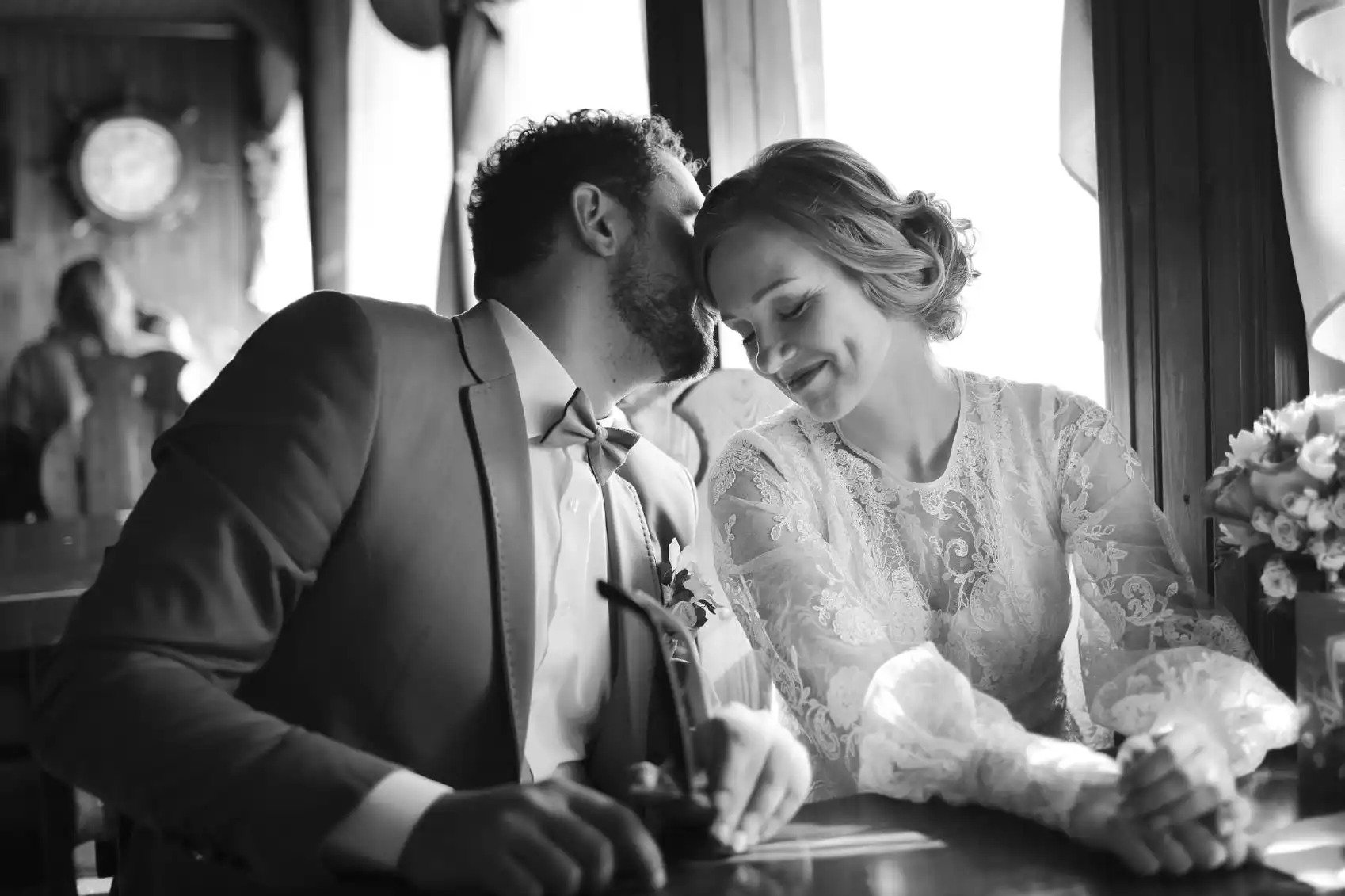
Part of telling a story with your photos is to shoot photos that represent each part of the story. Look for details that could serve as an introduction, body, and conclusion. An easy way to think of this is to approach whatever you’re photographing like photographers approach a wedding. There are the little details - the rings, the flowers, the groom’s tuxedo - that serve as an introduction to the day’s events. Then there’s the major events - images of the ceremony and reception - to serve as the body of the day’s story. Finally, there’s the images that bring closure to the day - the first dance or the couple driving away, cans bouncing behind their car - that send the couple off to begin their new life.
The point here is that even though you can tell a story with just one image, thinking about the subject matter as a sequence of images can certainly make telling that story easier. It can also make for a much more powerful story because you have more frames in which to tell it. Regardless of the subject matter you’re photographing, looking for important moments or vignettes, identifying scenes that give context to the story, and taking a creative approach to how you frame your shots will help you generate a visual story. Do your research, properly equip yourself, and take a patient approach as well. Combining all these elements together will make you a better storyteller.
{module Article bottom share buttons}
{module Recommended Reading}

